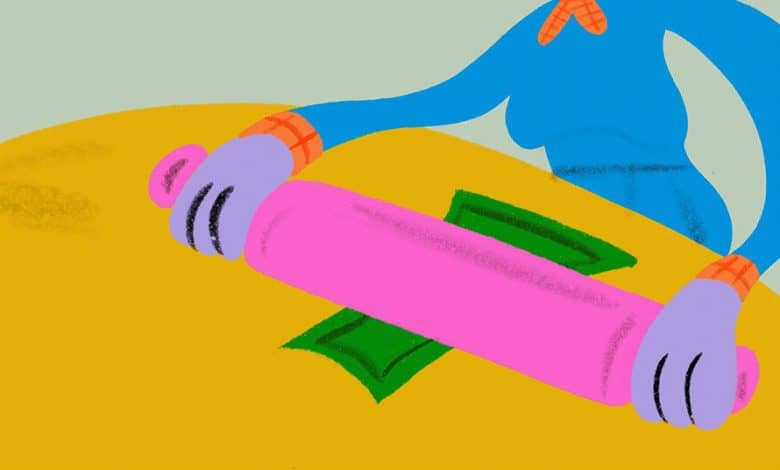Budgeting for the Haters

Financial Boot Camp for 20-Somethings: Day 3 of 5
It’s time to get your money in order.
Here are all of the things we are not going to do today:
1) Tell you exactly what you shouldn’t spend money on.
2) Spend any time adding up how much a latte a day or a weekly avocado toast might cost.
3) Shame you for not working a side hustle.
Here’s what we will do: Try to persuade you to think just as hard about what a budget represents as you do about any numbers that are on it.
The first principle of budgeting remains the same. Spend less than you make if you possibly can. If it’s an emergency that requires spending more, no shame, no blame — but ask for advice from your most money-wise friend or family member if you get deep into debt.
The second principle, however, is … well, we’re just declaring it the second principle here: A budget is a statement of values. Think about the annual federal budget exercise. The President makes a proposal, and most of the things in it often stand little chance of actually happening.
Federal budgets are a political exercise. But they are also a positioning one: “These are my priorities. Here’s how I want things to be different next year. Here’s what I hope to do more and less of.”
Your budget is positioned the same way, and one exercise can help you see how. If you spend most of your money through a debit or credit card, log into your accounts and seek out all your purchases from the last 12 months or from 2023. Most major financial institutions can categorize the purchases for you with the touch of a button. Some of these tools are not great, but they are good enough for this purpose. (Or, you can pretty quickly manually add up what you spent in 10 categories where you laid out the most money.)
